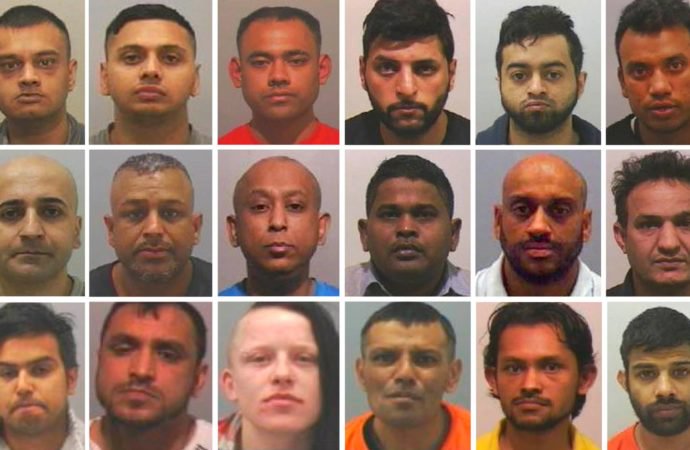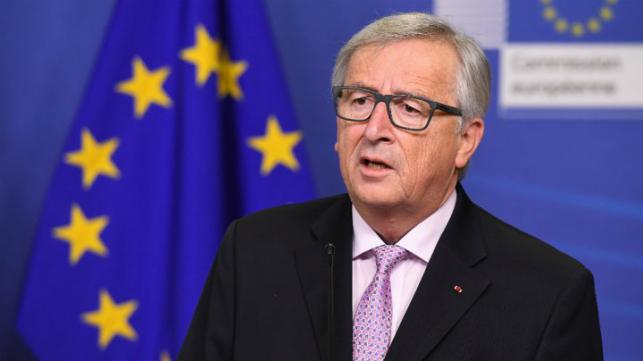Gunmen have attacked the Paris office of French satirical magazine Charlie Hebdo, killing 12 people and injuring seven in an apparent Islamist attack.
At least two masked attackers opened fire with assault rifles in the office and exchanged shots with police in the street outside before escaping by car.
The gunmen shouted “we have avenged the Prophet Muhammad”, witnesses say.
President Francois Hollande said there was no doubt it had been a terrorist attack “of exceptional barbarity”.
A major police operation is under way in the Paris area to catch the killers.
The satirical weekly has courted controversy in the past with its irreverent take on news and current affairs. It was fire-bombed in November 2011 a day after it carried a caricature of the Prophet Muhammad.
The latest tweet on Charlie Hebdo’s account was a cartoon of the Islamic State militant group leader, Abu Bakr al-Baghdadi.
People had been “murdered in a cowardly manner”, President Hollande told reporters at the scene. “We are threatened because we are a country of liberty,” he added, appealing for national unity.
UK Prime Minister David Cameron said in a tweet: “The murders in Paris are sickening. We stand with the French people in the fight against terror and defending the freedom of the press.”
Analysis: Hugh Schofield, BBC News, Paris
Charlie Hebdo is part of a venerable tradition in French journalism going back to the scandal sheets that denounced Marie-Antoinette in the run-up to the French Revolution.
The tradition combines left-wing radicalism with a provocative scurrility that often borders on the obscene. Its decision to mock the Prophet Muhammad in 2011 was entirely consistent with its historic raison d’etre.
The paper has never sold in enormous numbers – and for 10 years from 1981, it ceased publication for lack of resources.
But with its garish front-page cartoons and incendiary headlines, it is an unmissable staple of newspaper kiosks and railway station booksellers.




‘Black-hooded men’
Two of those killed are police officers, France’s AFP news agency reports, and several of the wounded are in a critical condition.
Four cartoonists, including the magazine’s editor-in-chief Stephane Charbonnier, have been reported killed in the attack. Mr Charbonnier, 47, had received death threats in the past and was living under police protection.
Footage shot by an eyewitness apparently from the attack shows two armed men dressed in black approach a wounded police officer lying on a pavement. One of the men shot the officer in the head, before both men were seen running back towards a black vehicle and driving away.
An eyewitness, Benoit Bringer, told French TV channel Itele: “Two black-hooded men entered the building with Kalashnikovs. A few minutes later we heard lots of shots.”
The men were then seen fleeing the building.
Gilles Boulanger, who works in the same building as the office, told the same channel: “A neighbour called to warn me that there were armed men in the building and that we had to shut all the doors.
“And several minutes later, there were several shots heard in the building from automatic weapons firing in all directions. So then we looked out of the window and saw the shooting was on Boulevard Richard-Lenoir, with the police. It was really upsetting. You’d think it was a war zone.”
After the late morning attack, police warned French media outlets to be on alert and pay attention to security.
The country was already on the alert for Islamist attacks after several incidents just before Christmas.
Cars were driven at shoppers in two cities, Dijon and Nantes, and police were attacked by a man wielding a knife in Tours.
While the French government denied the attacks were linked, it announced plans to further raise security in public spaces, including the deployment of around 300 soldiers.
Source: BBC









